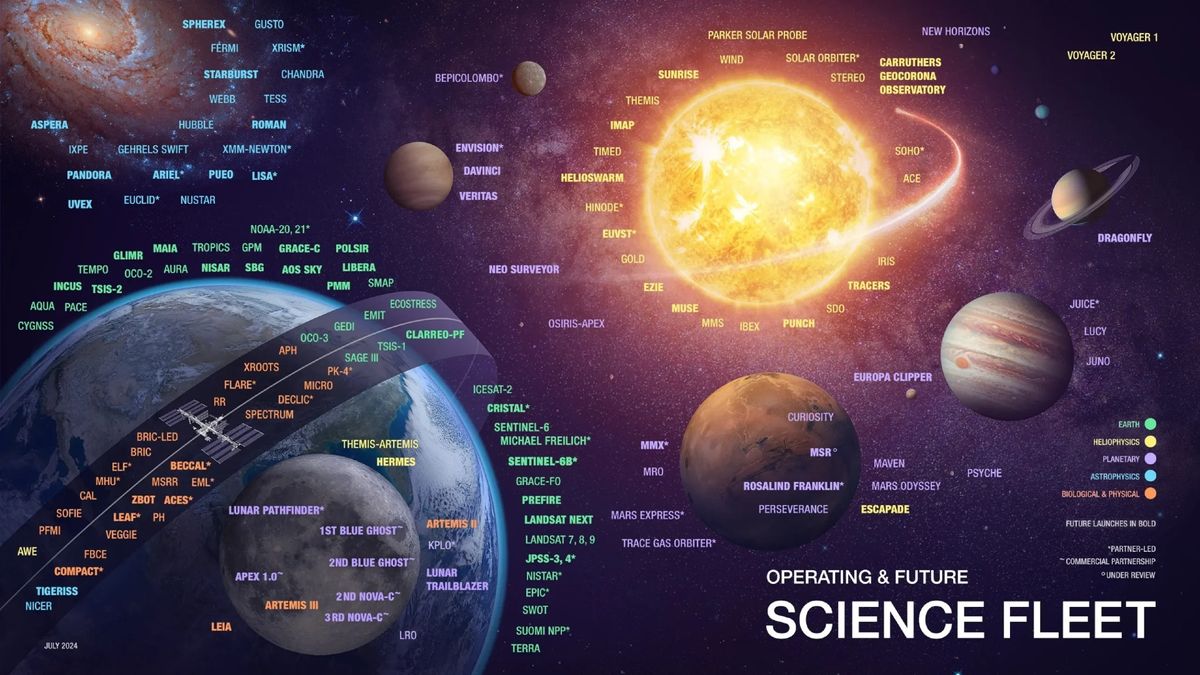Light is all around us, essential for one of our primary senses (sight) as well as life on Earth itself. It underpins many technologies that affect our daily lives, including energy harvesting with solar cells, light-emitting-diode (LED) displays and telecommunications through fibre optic networks.
The smartphone is a great example of the power of light. Inside the box, its electronic functionality works because of quantum mechanics. The front screen is an entirely photonic device: liquid crystals controlling light. The back too: white light-emitting diodes for a flash, and lenses to capture images.
We use the word photonics, and sometimes optics, to capture the harnessing of light for new applications and technologies. Their importance in modern life is celebrated every year on 16 May with the International Day of Light.
Scientists on the African continent, despite the resource constraints they work under, have made notable contributions to photonics research. Some of these have been captured in a recent special issue of the journal Applied Optics. Along with colleagues in this field from Morocco and Senegal, we introduced this collection of papers, which aims to celebrate excellence and show the impact of studies that address continental issues.
A spotlight on photonics in Africa
Africa’s history in formal optics stems back thousands of years, with references to lens design already recorded in ancient Egyptian writings.
In more recent times, Africa has contributed to two Nobel prizes based on optics. Ahmed Zewail (Egyptian born) watched the ultrafast processes in chemistry with lasers (1999, Nobel Prize for Chemistry) and Serge Harouche (Moroccan born) studied the behaviour of individual particles of light, photons (2012, Nobel Prize for Physics).
Unfortunately, the African optics story is one of pockets of excellence. The highlights are as good as anywhere else, but there are too few of them to put the continent on the global optics map. According to a 2020 calculation done for me by the Optical Society of America, based on their journals, Africa contributes less than 1% to worldwide journal publications with optics or photonics as a theme.
Yet there are great opportunities for meeting continental challenges using optics. Examples of areas where Africans can innovate are:
bridging the digital divide with modern communications infrastructure
optical imaging and spectroscopy for improvements in agriculture and monitoring climate changes
harnessing the sun with optical materials for clean energy
bio-photonics to solve health issues
quantum technologies for novel forms of communicating, sensing, imaging and computing.
The papers in the special journal issue touch on a diversity of continent-relevant topics.
One is on using optics to communicate across free-space (air) even in bad weather conditions. This light-based solution was tested using weather data from two African cities, Alexandria in Egypt and Setif in Algeria.
Another paper is about tiny quantum sources of quantum entanglement for sensing. The authors used diamond, a gem found in South Africa and more commonly associated with jewellery. Diamond has many flaws, one of which can produce single photons as an output when excited. The single photon output was split into two paths, as if the particle went both left and right at the same time. This is the quirky notion of entanglement, in this case, created with diamonds. If an object is placed in any one path, the entanglement can detect it. Strangely, sometimes the photons take the left-path but the object is in the right-path, yet still it can be detected.
Read more: Quantum entanglement: what it is, and why physicists want to harness it
One contributor proposes a cost-effective method to detect and classify harmful bacteria in water.
New approaches in spectroscopy (studying colour) for detecting cell health; biosensors to monitor salt and glucose levels in blood; and optical tools for food security all play their part in optical applications on the continent.
Another area of African optics research that has important applications is the use of optical fibres for sensing the quality of soil and its structural integrity. Optical fibres are usually associated with communication, but a modern trend is to use the existing optical fibre already laid to sense for small changes in the environment, for instance, as early warning systems for earthquakes. The research shows that conventional fibre can also be used to tell if soil is degrading, either from lack of moisture or some physical shift in structure (weakness or movement). It is an immediately useful tool for agriculture, building on many decades of research.
The diverse range of topics in the collection shows how creative researchers on the continent are in using limited resources for maximum impact. The high orientation towards applications is probably also a sign that African governments want their scientists to work on solutions to real problems rather than purely academic questions. A case in point is South Africa, which has a funded national strategy (SA QuTI) to turn quantum science into quantum technology and train the workforce for a new economy.
Towards a brighter future
For young science students wishing to enter the field, the opportunities are endless. While photonics has no discipline boundaries, most students enter through the fields of physics, engineering, chemistry or the life sciences. Its power lies in the combination of skills, blending theoretical, computational and experimental, that are brought to bear on problems. At a typical photonics conference there are likely to be many more industry participants than academics. That’s a testament to its universal impact in new technologies, and the employment opportunities for students.
The last century was based on electronics and controlling electrons. This century will be dominated by photonics, controlling photons.
Professor Zouheir Sekkat of University Mohamed V, Rabat, and director of the Pole of Optics and Photonics within MAScIR of University Mohamed VI Polytechnic Benguerir, Morocco, contributed to this article.
This article is republished from The Conversation, a nonprofit, independent news organization bringing you facts and trustworthy analysis to help you make sense of our complex world. It was written by: Andrew Forbes, University of the Witwatersrand and Patience Mthunzi-Kufa, University of South Africa
Read more:
The authors do not work for, consult, own shares in or receive funding from any company or organisation that would benefit from this article, and have disclosed no relevant affiliations beyond their academic appointment.
.png)
 German (DE)
German (DE)  English (US)
English (US)  Spanish (ES)
Spanish (ES)  French (FR)
French (FR)  Hindi (IN)
Hindi (IN)  Italian (IT)
Italian (IT)  Russian (RU)
Russian (RU) 








Comments